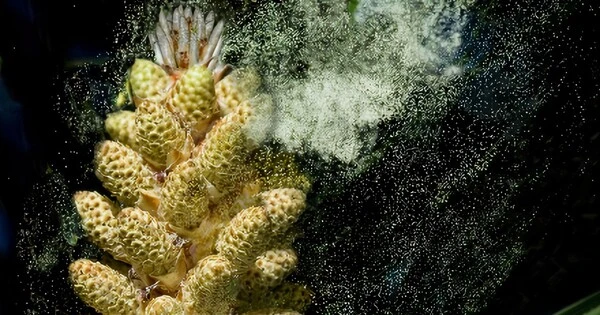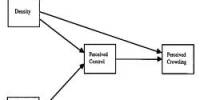Aerobiology is the study of the passive transport of organic particles like bacteria, fungal spores, very small insects, pollen grains, and viruses. This field focuses on biological aspects of the atmosphere, such as the movement of airborne particles, their distribution, and their impact on human health, agriculture, and the environment.
Aerobiologists have traditionally measured and reported on airborne pollen and fungal spores as a service to allergy sufferers. Aerobiology, on the other hand, is a broad field that includes environmental science, plant science, meteorology, phenology, and climate change. Aerobiologists are frequently involved in the monitoring and forecasting of airborne particle concentrations. This information is useful for public health, particularly for people who suffer from respiratory conditions or allergies.
Key aspects of aerobiology include:
- Aerosols and Particles: Aerobiologists study the composition and properties of airborne particles, which can include both biological and non-biological particles such as pollen, fungal spores, bacteria, and viruses.
- Dispersion and Transport: It is critical to understand how airborne particles disperse and travel through the atmosphere. Wind patterns, atmospheric conditions, and local geography can all have an impact on how these particles move.
- Impact on Health: Aerobiologists study how airborne particles affect human health. Exposure to airborne biological particles can affect allergies, respiratory diseases, and other health issues. Pollen from certain plants, for example, can cause allergic reactions in people who are sensitive to it.
- Ecological Impact: The study of aerobiology extends to the impact of airborne particles on ecosystems. For instance, the dispersal of plant seeds and fungal spores through the air can influence the distribution and survival of various species.
- Agricultural Implications: It is important in agriculture because pollen movement can affect crop yields and the spread of plant diseases via airborne spores can affect crop health.
Air sampling, microscopy, molecular biology techniques, and computational models to simulate the movement of airborne particles are among the techniques used in aerobiology. The information gathered using these methods assists researchers and practitioners in better understanding the dynamics of the atmosphere and its biological components, leading to applications in fields ranging from public health to environmental science.
















